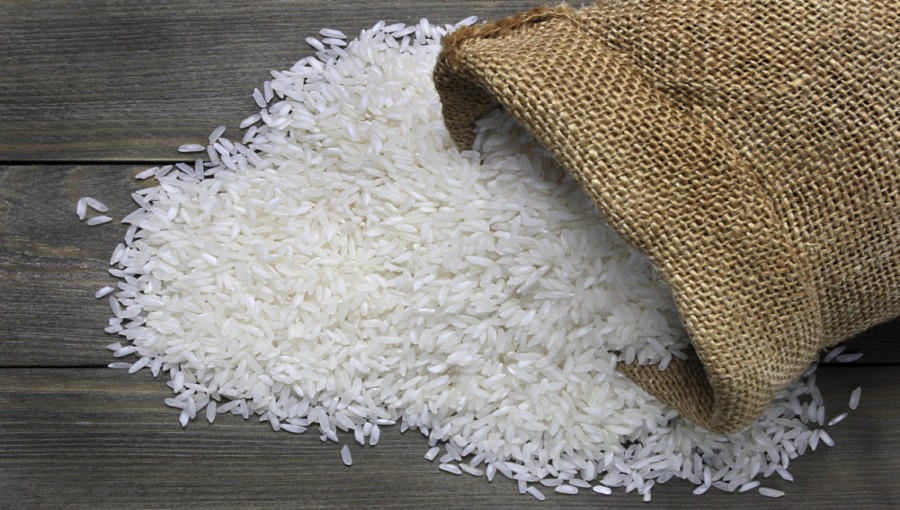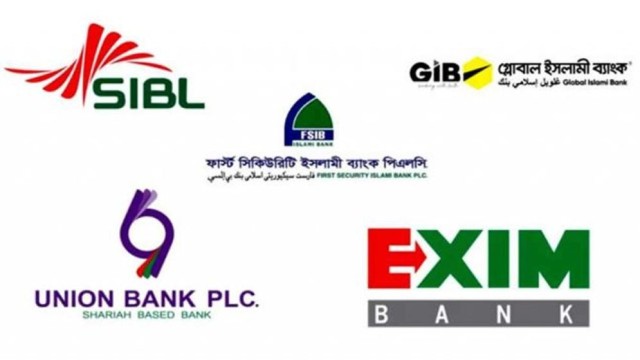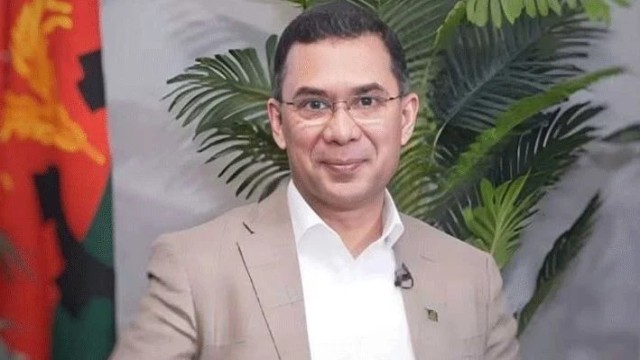Prices of various rice varieties in city markets have experienced a significant decline over the past two weeks, with this downward trend expected to continue for the next two months. Market experts attribute the falling prices to a successful harvest of Boro, one of Bangladesh's main paddy crops. The decline in rice prices ranges from Taka 100-150 per 50-kg sack on average, affecting both medium and coarse varieties.
Over the past two weeks, the prices of various rice varieties in city markets have witnessed a sharp fall, and this trend is anticipated to persist for the next two months. Market experts point to the excellent harvest of Boro, one of the primary paddy crops in Bangladesh, as the driving force behind the declining rice prices. A visit to the Kawran Bazaar and Mohammadpur Government Krishi Wholesale markets revealed that the prices of all medium and coarse rice varieties have dropped by up to Taka 3 per kilogram compared to the previous week. For instance, medium fine quality Miniket rice, which was previously sold at Taka 68 per kg, is now available at Taka 66 per kg at the retail level. At the wholesale market, a 50-kg sack of Miniket rice is now priced at Taka 3,215, down by Taka 287 from its previous price of Taka 3,500.
According to Morshed Alam, a wholesaler at Mohammadpur Government Krishi Market, the rice prices are declining by an average of Taka 100-150 per 50-kg sack. He predicts that this downward trend will persist for another one and a half months. Even the coarse variety 'BR-28' has experienced a decline in price, with it now being sold at Taka 52 per kg, down by Taka 3 from its previous price of Taka 55. The price of a 50-kg sack of BR-28 has decreased to Taka 2,500 from last week's range of Taka 2,730-2,750.
Noted farm economist Dr. Jahangir Alam states that there is little chance of rice prices increasing in the next two months, as the overall yield of Aman and Boro crops has surpassed the optimal level. Dr. Alam predicts that the falling trend in rice prices will continue due to the substantial Boro harvest, which contributes to 54 percent of the total rice output.
However, Nirod Baran Saha, the general secretary of Rice Arotdar Samity, believes that the lower rice prices will not persist for an extended period. While the Boro yield in the haor region has been good, other areas across the country have faced subpar yields due to prolonged drought. Saha highlights that the haor area contributes only 13 percent of the total Boro output, and the production in other regions has witnessed a decline of three to five maunds in a bigha.
The Director General of the Department of Agricultural Extension, Badal Chandra Biswas, expresses optimism about the Boro production this year, expecting it to meet the production target of 2.22 crore tonnes set for FY23. Data from the Bangladesh Bureau of Statistics reveals that during the Boro season in FY23, the country harvested 2.07 crore tonnes of rice, representing a 3 percent increase from the previous fiscal year. Overall, the total rice production in FY23 reached a record high of 3.91 crore tonnes, marking a 2.5 percent year-on-year growth.






























Comment: